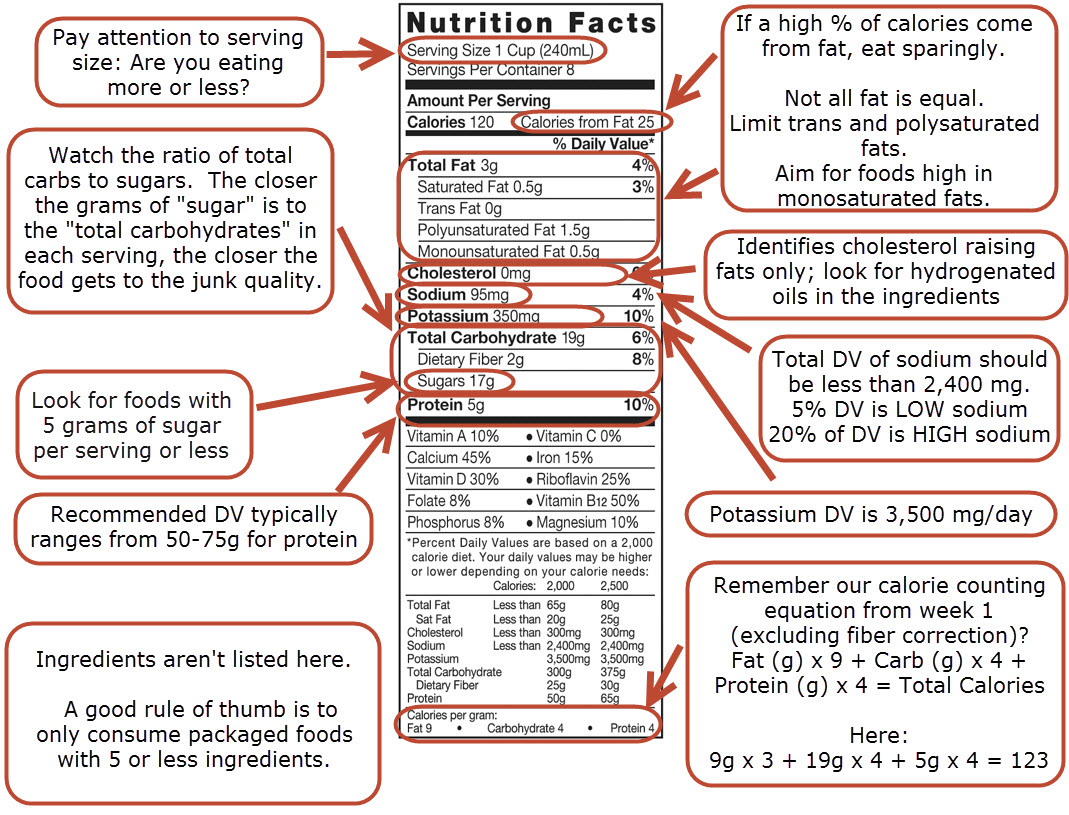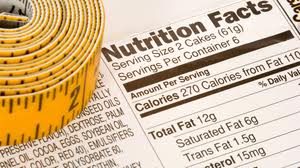Control Your Portions & Your Waistline in 21 Days
Ever have one of those meals where, after you’re done stuffing your face, you hobble away to lay down, feeling bloated, stuffed, and just downright disgusted with yourself?Like you need to unbutton your pants?
A meal where you say to yourself, “Ugh, I shouldn’t have eaten all that.”
And I’m not talking about on Thanksgiving,
I’m talking about on a random weeknight or when you’re out with friends on Saturday.
We’ve all been there.
Or maybe THIS is you.
You’ve really cleaned up your diet. You’re eating healthy - loading up on real food and cutting out the processed crap. But the scale hasn’t budged. For weeks.
It’s possible to overeat on healthy food, too.
So, let’s talk portion control. And let’s make it easy. Check out these portion control tips.
1. What’s the hurry? Slow down
It takes 20 minutes for your stomach to tell your brain that you’re full. So, if you’re wolfing down your entire meal in 10 minutes, there’s absolutely no way for you to know when you’ve had enough.
Quick tip: If you are in a rush, try to eat a few smaller meals throughout the day. This curbs overeating and allows you to stay on schedule.
2. Ditch the “Clean Your Plate Mentality”
Did you have to clean your plate to leave the table, too? Our parents truly had our best intentions at heart… unfortunately, plate manufacturers may not. The average plate size has increased by 2 inches in the last 30 years. What that means is, if you’re a child of the 80s like me, your meals have increased by 900 calories since you were a kid.
You know I don’t believe in counting calories, but that’s almost a 200% increase in calories at every meal!
Quick tip: Use your salad plates at mealtime to reduce what’s in front of you when you’re eating.
3. Make half your plate veggies
Clearly, I love this tip. It’s my #1, go-to, take your health back quick tip. By making ½ your plate veggies, you’re crowding some of the other stuff OFF your plate.
PS - I’m not talking about veggies covered in butter or cheese! Cheater!
Quick tip: Use a little himalayan sea salt, olive oil, or Bragg’s liquid aminos to add some flavor to your veggies if you can’t handle them on their own.
4. Make It Easy For Yourself
Figuring out how much and of what you should be eating can seem overwhelming. Counting your macros (protein, fat, & carbs) and weighing of measuring everything you put on your plate - No thanks!
You’ve got a ton to worry about. Your life is hectic. The idea of figuring out the science of portion control is just a bit beyond anything you’re interested in investing your time in right now.
Which is why I’m going to make this easy for you. I have an amazing, brand-spanking-new, and totally affordable program that breaks this stuff down for you and takes the guesswork out of how much you should be eating.
The best part - NOTHING is off limits. You can eat what you want, as long as it fits in the containers.
The other best part - this program combines this simple approach to portion control with 30 min workouts.
The last best part - in just 21 days, female participants are losing an average of 10 pounds and up to 15.
Quick Tip: Hop over here to get this program for just $140 through 2/28.








